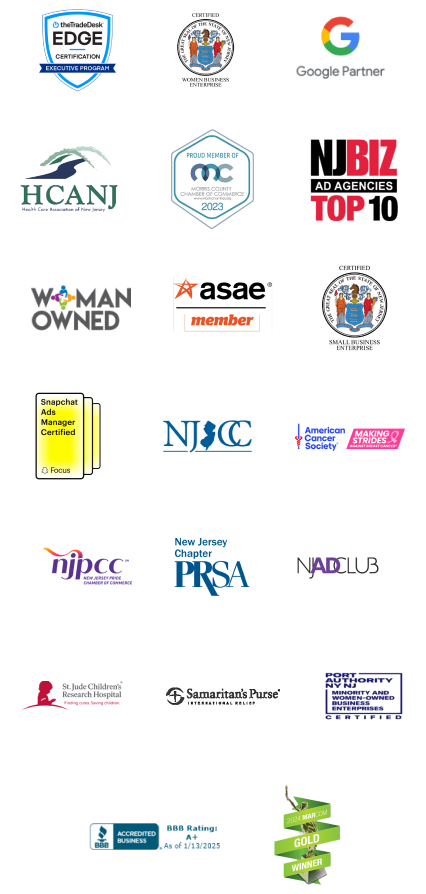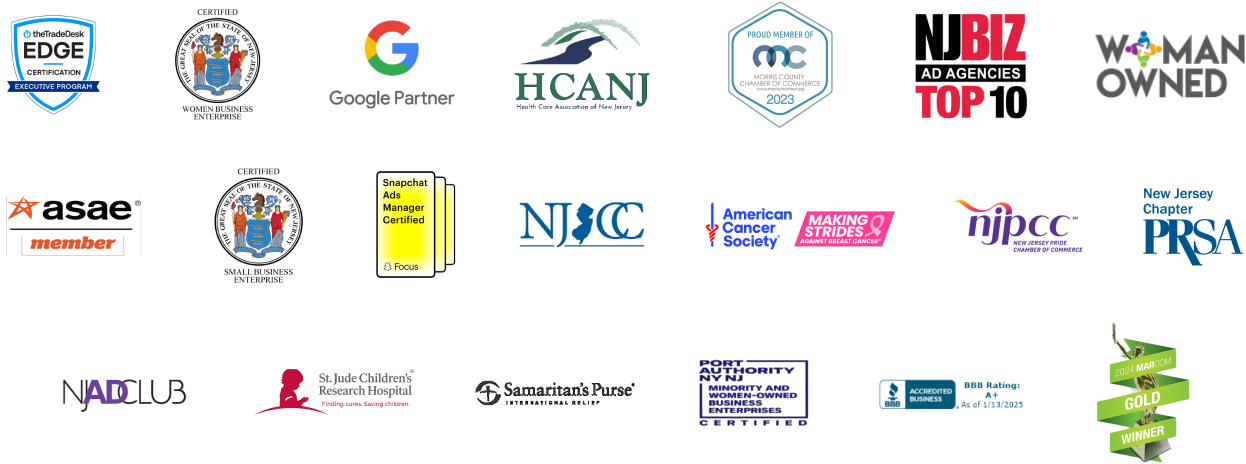World Communication Week 2024: Navigating the Digital Age

Back in 1988 – when digital tech was in its infancy – November 1-7 was established as World Communication Week by the International Association of Business Communicators. Since then, this week has become increasingly important, given the rise of social media and other forms of digital communication.
Back to the Classics: A Suggested Reading List

I’m a public relations practitioner, and my profession’s core is communication– the development and expression of ideas and information.



